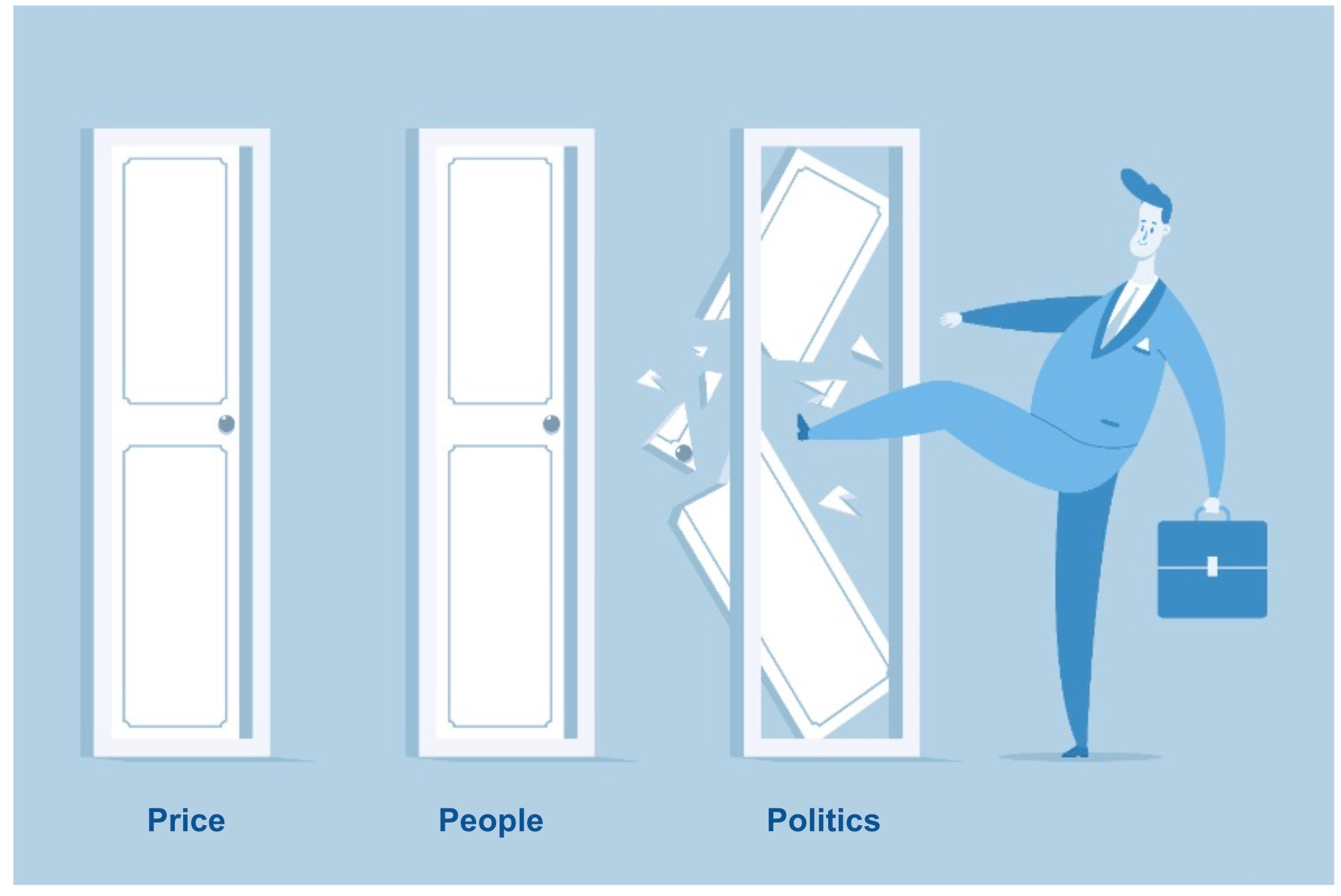
PLM adoption is hard. The history of PLM projects start as engineering projects and, unfortunately, struggles with many aspects related to PLM adoption. It was the story of PLM years. The adoption of PLM systems and technologies leads to many confusing moments. PLM technology leaders traditionally came with a high level of connection to engineering and CAD environment and completely missed many aspects related to company business processes, company transformation, and existing systems. As a result, PLM system adoption is heavily focused on engineering data and engineering changes. You can find many product lifecycle management supporters in engineering organizations. Unfortunately the “love for PLM” is usually dropped dramatically once you leave the engineering and R&D environments.
PLM Transformation Is Hard
I’ve been following Helena Gutierrez for a long time and the work she does at Share PLM to discover why organizations are failing to get PLM right and why companies are struggling with PLM projects. It is very often about people. Check the Share PLM blog- it always has very insightful material related to PLM adoption.
I like the last transformation of the Share PLM website. Here is my favorite picture of why people are not implementing PLM and struggle with a proper organization of product data management, supply chain management, and product development process.

Helena’s article and thoughts about PLM transformation made me think about what causes major issues and prevents companies and the entire industry to adopt PLM. I came to my “3P of PLM Resistance”. And it is all about Price, People, and Politics.
Three P’s Of PLM Resistance – People, Politics, and Price
Product lifecycle management is a complex discipline and usually touches many aspects of designing and building products and company business strategy. Product lifecycle, document management, data quality, product data management, computer-aided design (CAD), and supply chain management – this is just a short list of disciplines and systems that are typically related to making a company decision about PLM adoption. These things are hard and they are standing in the middle of the company’s product lifecycle from both development and organizational standpoints.

People Resistance
Resistance to change is one of the most natural and fundamental things that is happening to us when we are introduced to a new topic. Product lifecycle management’s big barrier is bringing a new way of working, communicating, and making decisions to everyone in the organization. So, no surprise, you will see a lot of people’s resistance.
It is important to understand the roots of people’s resistance. For years of working with many companies and individuals, I found that lack of knowledge and misunderstanding are among the top factors that impact the ability of people to accept change. PLM is usually introduced to a very intelligent group of people in the organization working on new product development, engineering management functions, and innovation. At the same time, this is one of the hardest groups of people in the product lifecycle to convince to make a change. As much as engineers are all about innovation when it comes to tools, I found this group of customers to demonstrate a very high level of resistance. Jumping to the wrong conclusion, missing the point, and unawareness about how the system can work are among typical scenarios.
It usually takes time, effort, and a good communication plan to bring people up to speed and get them involved in a process of learning how to manage data and product lifecycle management in a better way.
To prevent people’s resistance, you need to start with education, bring examples of similar use cases, and organizations, and demonstrate how PLM technology can make their life better. It is a hard task and a big challenge. Most of the engineering challenges are not simple and it takes time to educate people. Patience and good communication skills are your best friends. Explaining technologies, and processes and bringing experts to this can be on your shortlist to win this battle.
Politics Resistance
This is one of the ugliest realities of every company – large and small. Each company has its own internal politics. Coming naturally as an interest of people to make an impact on what a company can achieve, it can be sometimes very ugly and related to the fight for budget, influence in the organization, and, sometimes very ugly, about who wants to be “right” or “wrong”. Ignoring organizational politics is like ignoring gravity. Eventually, you will fall on the ground, no matter how hard you will ignore it.
Product lifecycle management (PLM) program in every organization is coming under the scrutiny of decision factors starting from getting up-to-date information about every PLM solution that is a candidate to become part of the product’s lifecycle.
There are two things you can do in order not to get trapped in organizational politics. Stay out of this and focus on the professional delivery of materials, and information, explaining use cases, and building the right path for the organization to transform. After all, you want to have a healthy path to prove that the decision made based on your recommendation will lead to company success and people that support you will be successful. It is easy to say and very hard to do, especially when you’re getting involved in a toxic environment filled with organizational politics and fighting for budget and influence.
However, keep in mind that politics are real and large organizations can stay for years before they will make the right decision. Also, don’t underestimate the impact of small company politics. Usually on a much smaller scale, but it is a mix of influence, skillset, and absence of information (see above in the “People Resistance” part).
Price Resistance
Price is a very interesting thing that can play both ways no matter if it is high or low. An organization can decide not to buy your solution if they consider the price to be “too low”. I’ve seen situations when PLM vendors had to put all products in their portfolio to convince the customer that they are buying a “good and expensive solution”. Selling cheap will not automatically help you to pave the way towards PLM systems success.
On the other side, for many organizations, PLM price and especially licensing can be a prohibitive factor. I can see it is happening more with smaller businesses and SME (enterprise) organizations. It is usually a factor that can be played together with people’s politics and influencers’ agenda (for example to convince the company that future strategy development must be aligned or connected to a specific vendor, product, or technology.
For PLM vendors selling to both large enterprises and SMEs, price is usually a very hard thing to decide about and manage in a balanced way. Historically, SMEs’ product lines were cut in order not to prevent enterprise sales to achieve their goals.
Conclusion
In an age of digital transformation, manufacturing companies are looking to adopt new technology and processes to remain competitive. However, there is often resistance to change from within these organizations. This can be due to a number of factors, including the fear of losing jobs or not being able to keep up with the latest trends. In order for digital transformation initiatives to be successful, it’s important to understand and address these concerns. The three P’s of PLM Resistance – People, Politics, Price – can give you an idea of why people resist PLM change and how you can overcome that resistance. By addressing these concerns early on, you can create a culture of innovation and help your business move forward in today’s digital world. Just my thoughts…
Best, Oleg
Disclaimer: I’m co-founder and CEO of OpenBOM developing a digital cloud-native PDM & PLM platform that manages product data and connects manufacturers, construction companies, and their supply chain networks. My opinion can be unintentionally biased.











